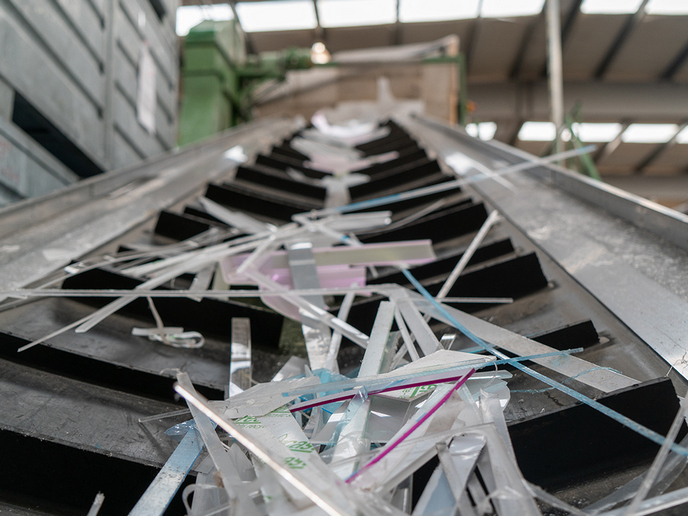Complex new materials created
Metal-containing polymers, or metallopolymers, are advanced materials comprised of large molecules, and they have widespread and growing applications. Funded by the EU, the 'Chiral metallopolymers: Synthesis, self-assembly and applications' (CMSSA) project developed a method to introduce chirality to a metallopolymer. Chiral molecules (chemical compounds that have non-superimposable mirror images) have useful chemical and physical properties, but have proven difficult to synthesise. The novel CMSSA method overcame this difficulty by making use of a compound known as poly(cobaltoceniumethylene). The same compound could also be used to form fibre-like aggregates in certain organic solvents. Another aspect of the project focused on the self-assembly of polyferrocenylsilane metallopolymers. This research yielded a range of novel self-assembling structures such as chains and 3D networks. These significant results have made new methods and knowledge in the field of advanced materials science available to other researchers. Applications in complex chemical synthesis, chromatography and next-generation display technology are envisioned for these chiral metallopolymer complexes.







